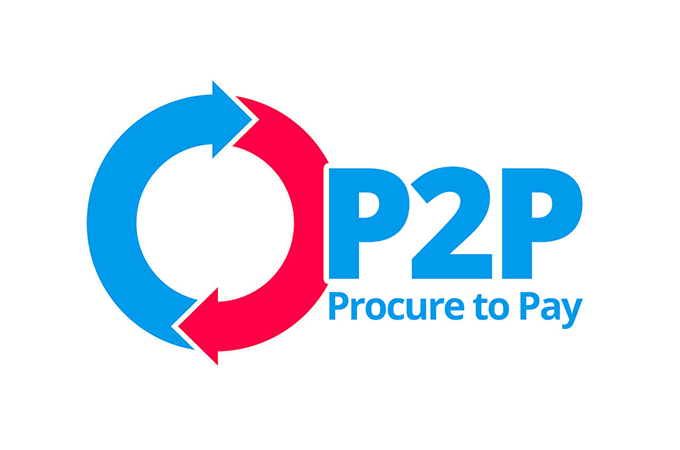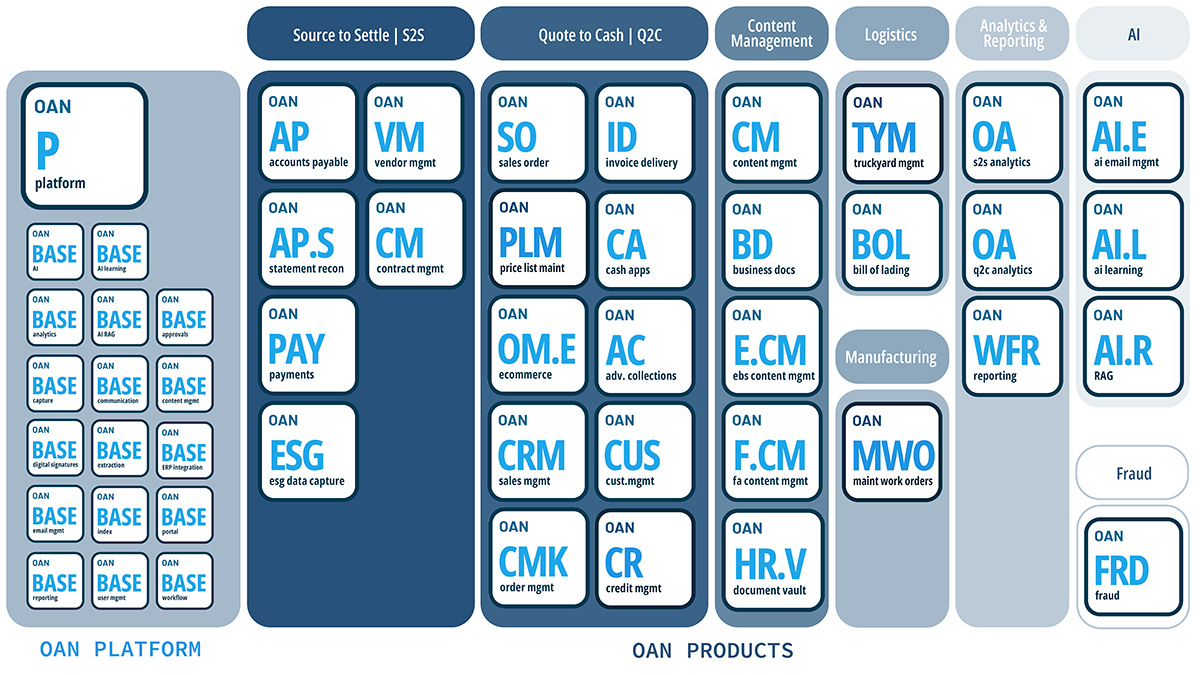By Matthew Albert

There’s a scene in Office Space where the Bobs are doing interviews before the dreaded firings. They bring in Tom “I HAVE PEOPLE SKILLS!” Smykowski and ask him the legendary question, “What would ya say…ya do here?” We could post the response here, but you know it already. (And if you haven’t seen the film, fix that problem immediately. Don’t bring further shame to our blog.)
In short, Tom tells the Bobs that he (actually, his secretary or the fax machine) takes software specs from customers and brings them down to the engineers. The Bobs, of course, ask why the customers can’t just deal directly with the engineers to which Tom goes ballistic because software engineers “are not good at dealing with customers.” The point the Bobs raise in this scene is one of efficiency. Tom’s probably right that the engineers don’t want to deal with the customers. However, the larger issue is that there’s a spot to optimize communication here.
When we think about the idea of Procure to Pay (or Purchase to Pay depending on how rich your alma mater’s donors are), we’re talking about a complex chain of events that ultimately accomplishes a simple exchange–goods for money. That’s it. How customers get those goods and how you get their money is far more complicated. Let’s break that process down. In most P2P arrangements:
- The buyer inquires about purchasing goods usually through a catalog or product list
- The supplier confirms they have the requested goods
- The supplier quotes the price
- The buyer confirms the original request
- The supplier confirms the confirmation and ships the goods (stay with us, folks)
- A purchase order gets issued to the supplier
- The supplier receives the purchase order and processes the goods for shipping
- The goods get delivered
- The buyer confirms they have received the goods
- The supplier sends an invoice to the buyer, matched with the number of the purchase order
- The buyer confirms they have received the proper goods and related invoice, based on the purchase order
- The buyer pays the supplier
Now that’s a 12-step program with a completely different set of issues. Involved? You bet! Imagine how problematic this system could be if you had 1-2 humans handling each step (or even a couple of steps along the way). You’d be a prime target for miscommunication, errors, and unhappy customers.
Wouldn’t it be nicer if you had software that did the vast majority of these steps for you? What if you had some software that basically took care of the cataloging, updating the inventory, confirming orders, issuing POs, issuing invoices, and processing payment? Think about how much easier your life would be if all you had to do was fill orders and ship them because the computer took care of the rest.
In a nutshell, that’s why you want to consider transitioning your P2P setup to better technology. There are several options and features to consider in these types of programs, and we’ll spend a big part of this series focusing on what these features are and how they can help you streamline P2P.

